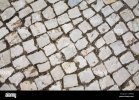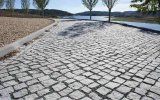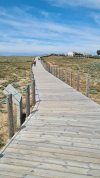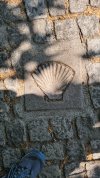- Time of past OR future Camino
- Norte/Frances 2016, San Salvador & Primitivo 2021
I live in a town of nothing but cobblestones and have fallen 3 times: broken ribs and split head open twice. I don't even walk in town which is very sad as it is a beautiful UNESCO World Heritage Site. How bad are the cobblestones on the Portugues? Are they on both routes? There are cobblestones that are filled into between the stones so one doesn't trip. I'd really like to do the Portugues but not if there are unmageanble.



































